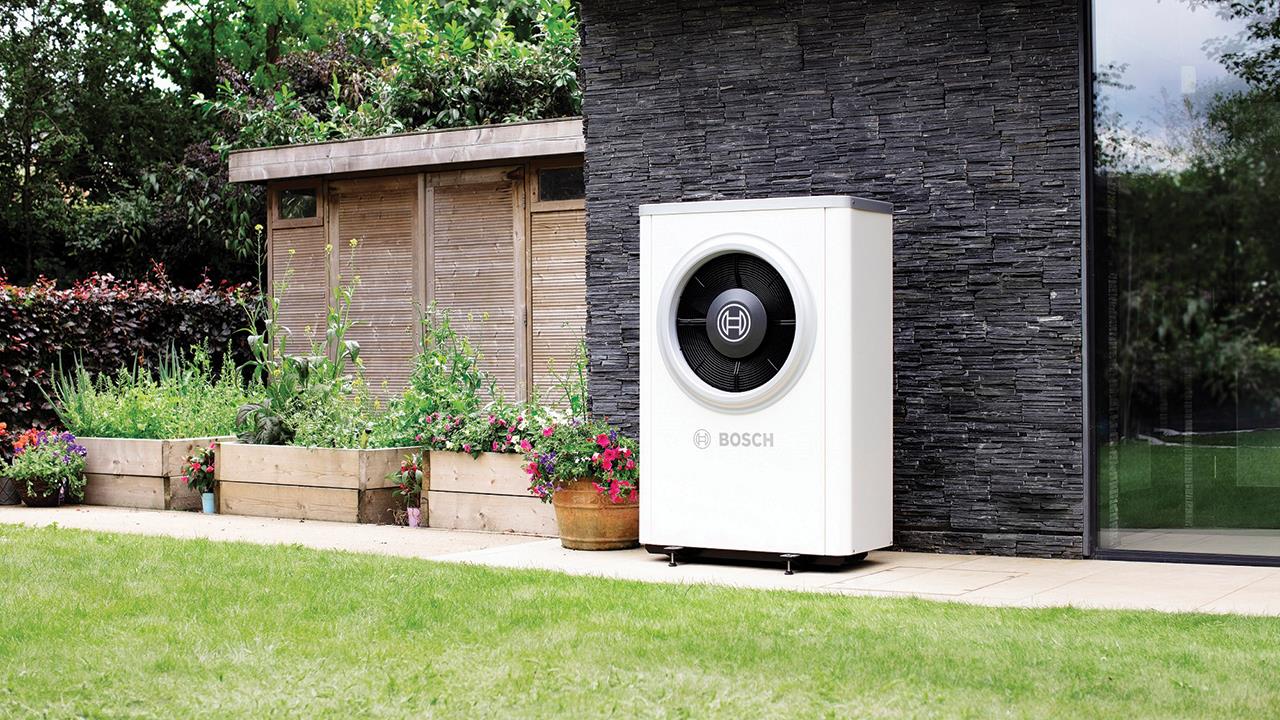

There is every chance that the commercial building sector will find itself at the forefront of the move to decarbonise energy use. Policy makers have a tendency to think that the owners of commercial buildings can afford to make changes, almost regardless of costs that will be incurred in the process.
For many commercial buildings, the most significant target for high energy use will be heating, while others, such as hospitality and leisure, will have significant hot water demands to deal with as well.
The ins and outs
According to Hy4Heat, there are around 1.8 million non-domestic buildings in England and Wales, and 230,000 in Scotland using around 100TWh of natural gas annually. This is about a third of the amount of natural gas used in domestic buildings. Overall, 78% of gas is used for heating, with hot water accounting for around 9%.
Wet heating systems using gas boilers are the dominant method of heating for commercial buildings, and the most likely to be encountered in the retrofit market.
There are challenges with commercial building performance though, as indicated by the high number of Band C or below EPC certificates – 88% of those logged in 2019. So, the sector is starting with a lot of poor performing buildings equipped with high temperature wet systems that are inadequate for current low carbon technologies.
Utilising heat pumps
Heat pumps are currently the renewable technology of choice, but they need the right operating conditions if they are to deliver performance that is at least on a par with what commercial building owners are getting from their natural gas systems. This means adapting wet systems designed to operate at higher temperatures to deliver similar outputs at low temperatures.
Building Regulations recommend flow temperatures no higher than 55°C, and this inevitably focuses attention on the capacity of the emitters, such as radiators, to see if they can provide the output needed.
In many cases, this results in the need to upgrade those radiators or look for alternatives such as fan convectors. Pipework flow rates also need consideration, since heat pumps will typically operate at smaller delta T, meaning higher flow rates. Often this can be accommodated in the existing pipework, but sometimes critical sections of the system may need upgrading to ensure effective performance.
Of course, this can be tackled from the other end by reducing demand through improving the building thermal elements. This is not a universal option for all buildings though, where age of construction and aesthetic considerations may reduce the potential to make improvements.
Another key challenge for heat pump retrofit is availability of the electricity supply in the local area. Generally, most commercial buildings will require three phase supplies to power the larger heat pumps needed. This shouldn’t be underestimated, and one of the first steps needed is to establish, via the electricity District Network Operator, whether enough capacity is available without expensive reinforcement works.
Opting for hybrid systems as an alternative
If faced with these challenges, an alternative option is to consider a hybrid system of heat pumps and natural gas boilers. This type of system can overcome many of the ‘showstoppers’ that have been highlighted, while still providing significant carbon savings.
In conjunction with weather-compensated heating circuits, hybrids will often still provide up to 80% of the carbon savings that could be expected from heat pump-only systems. This is because higher temperatures and outputs associated with a gas boiler are only needed on a small number of days each year.
For air source heat pumps, this will be when the outside temperature is lowest and consequently their COP is lowest. This solution significantly reduces the system upgrades necessary and associated disruption.
In some ways, hybrid systems can be seen as a staged approach keeping options open for future flexibility as the gas grid begins to decarbonise through the introduction of hydrogen blends. If a local area does eventually have a full 100% hydrogen supply, building owners will have the option to use either gas or electricity.
In summary, both heat pumps and hybrid systems are valuable options that can help move us towards a net-zero target and the decarbonisation of commercial properties, however it is important to weigh up possibilities before settling on a route, as all technology has its pros and cons.
If you'd like to keep up-to-date with the latest developments in the heating and plumbing industry, why not subscribe to our weekly newsletters? Just click the button below and you can ensure all the latest industry news and new product information lands in your inbox every week.